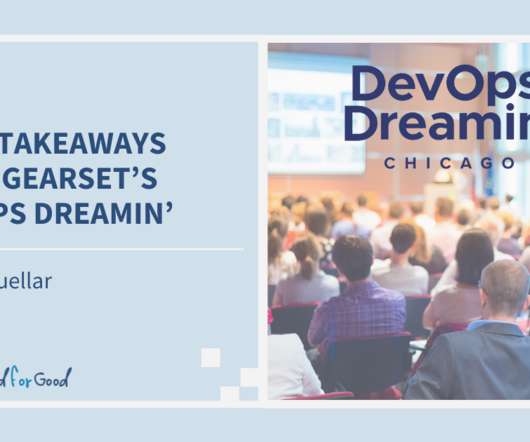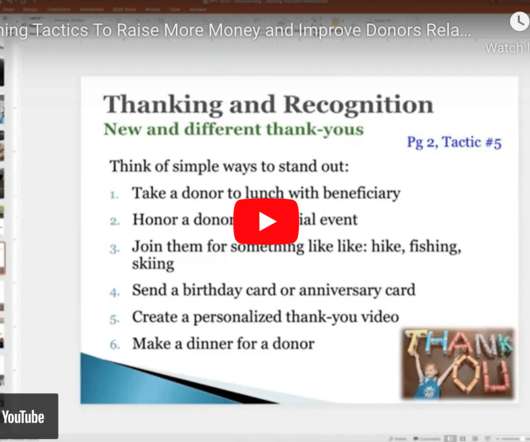Grow the Human Skills: Critical Thinking, Creativity, Collaboration, and Communication
.orgSource
APRIL 17, 2023
It’s certain that jobs, which are ubiquitous in the current economy, will disappear in the same way that file clerks and gas station attendants have vanished. According to a study from Goldman Sachs, “Generative AI tools could impact 300 million full-time jobs worldwide, which could lead to a significant disruption in the job market.”


















Let's personalize your content